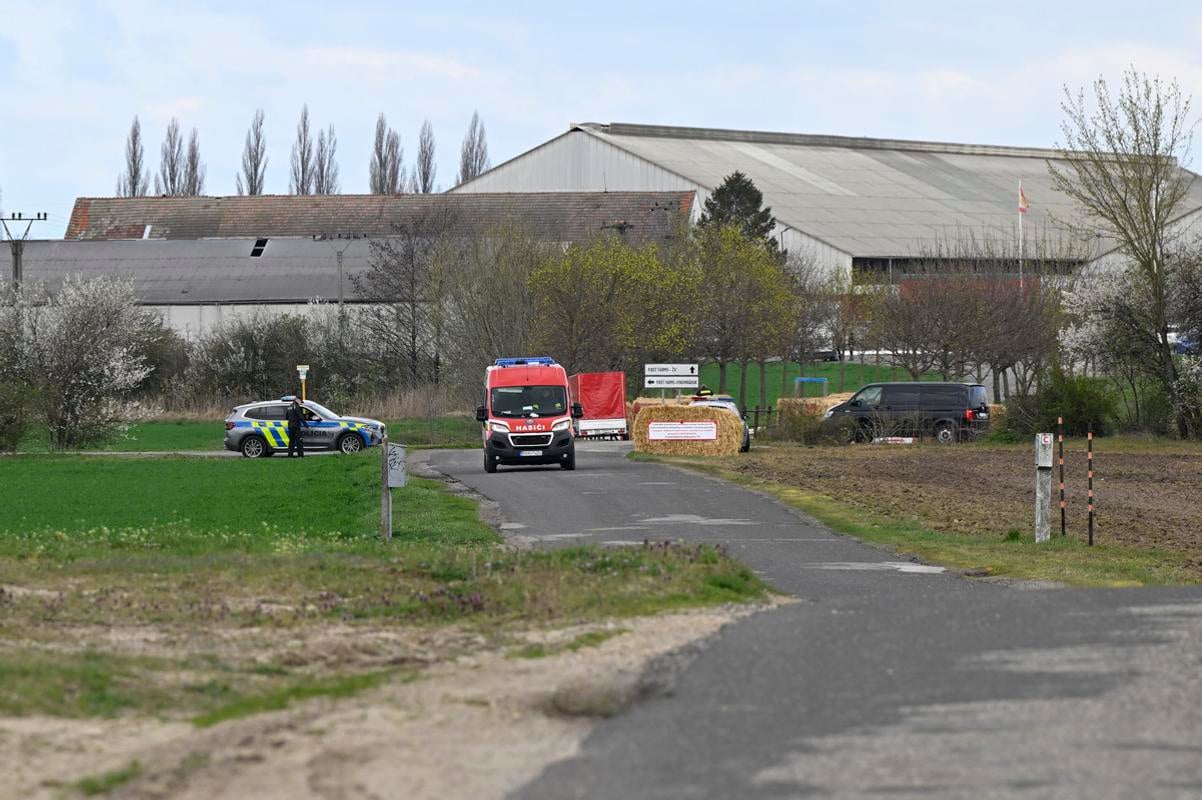The giraffes have not seen a crowd in weeks. The kangaroos hop in silence. Even over the Easter holidays – typically a lucrative period for Slovakia’s zoos – the gates remained firmly shut.
Since late March the country has been grappling with its first major outbreak of foot-and-mouth disease (FMD) in more than half a century. Although no new cases have been confirmed in recent days and the culling of livestock at major farms impacted by the disease has now been completed, Slovakia’s zoos and eco-parks remain in lockdown. The virus poses no threat to humans, but its rapid spread among cloven-hoofed animals – from cows and goats to antelopes and hippos – has transformed public attractions into tightly controlled quarantine zones.
While the government maintains it acted swiftly to contain the outbreak, it has yet to clarify whether institutions such as zoos will receive compensation for their losses.
“Right now, we’re not allowed to reopen, and yet there’s no word on any financial support,” Karol Dzurik, director of the zoo in Spišská Nová Ves in eastern Slovakia, told Pravda daily. “If we’re shut through the summer holidays, we’ll lose half our annual budget – around €250,000. That’s simply not sustainable.”
The first infections were detected in late March on three farms near the Hungarian border. Within days, the Agriculture Ministry ordered the closure of all exhibitions involving animals at risk, from circuses to conservation parks. For Bratislava Zoo, which was still recovering from last autumn’s devastating floods, the closure was another heavy blow. If the gates remain shut through May, losses could approach €350,000, and if restrictions persist into July, the figure might climb to €1 million in lost entry fees alone.


 A farm in Plavecký Štvrtok, Malacky district, where foot-and-mouth disease was confirmed on 30 March 2025. (source: TASR - Pavel Neubauer)
A farm in Plavecký Štvrtok, Malacky district, where foot-and-mouth disease was confirmed on 30 March 2025. (source: TASR - Pavel Neubauer)